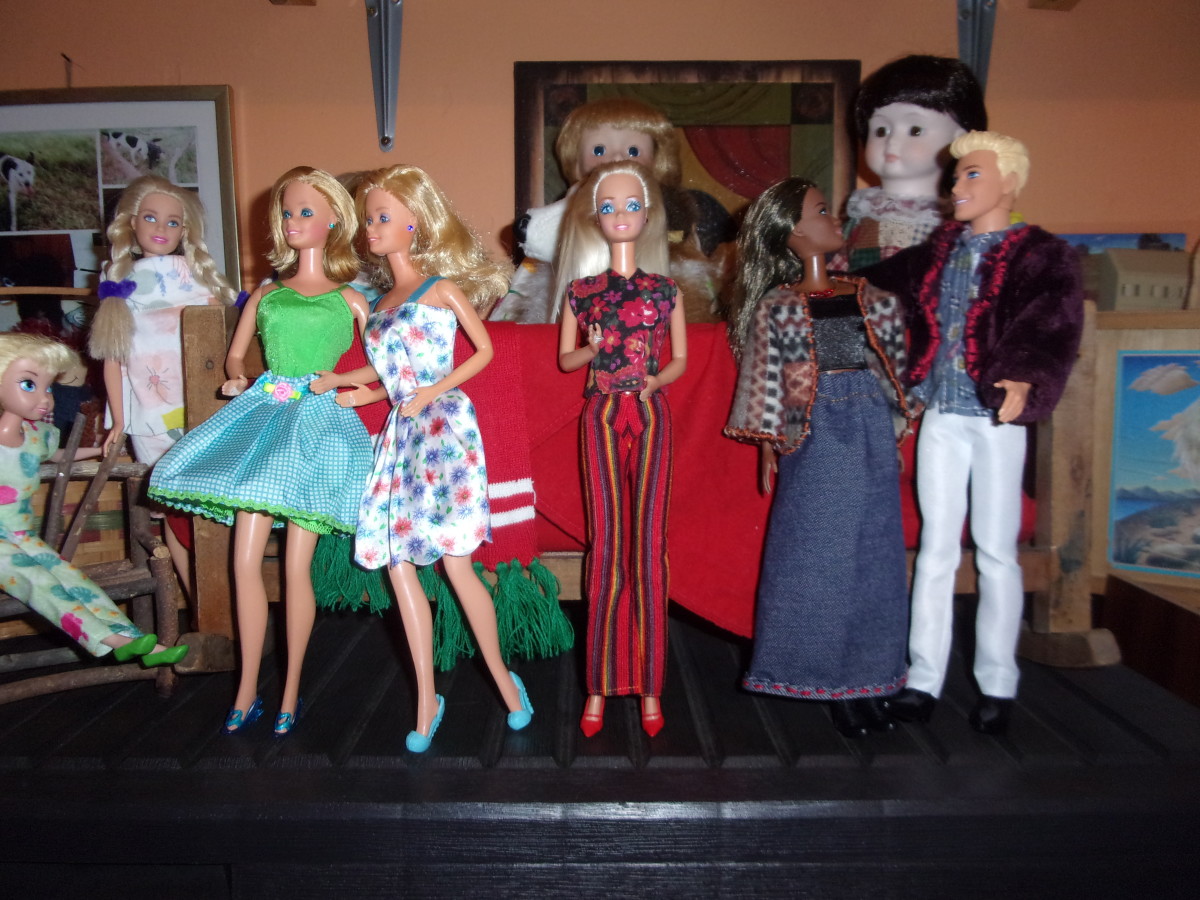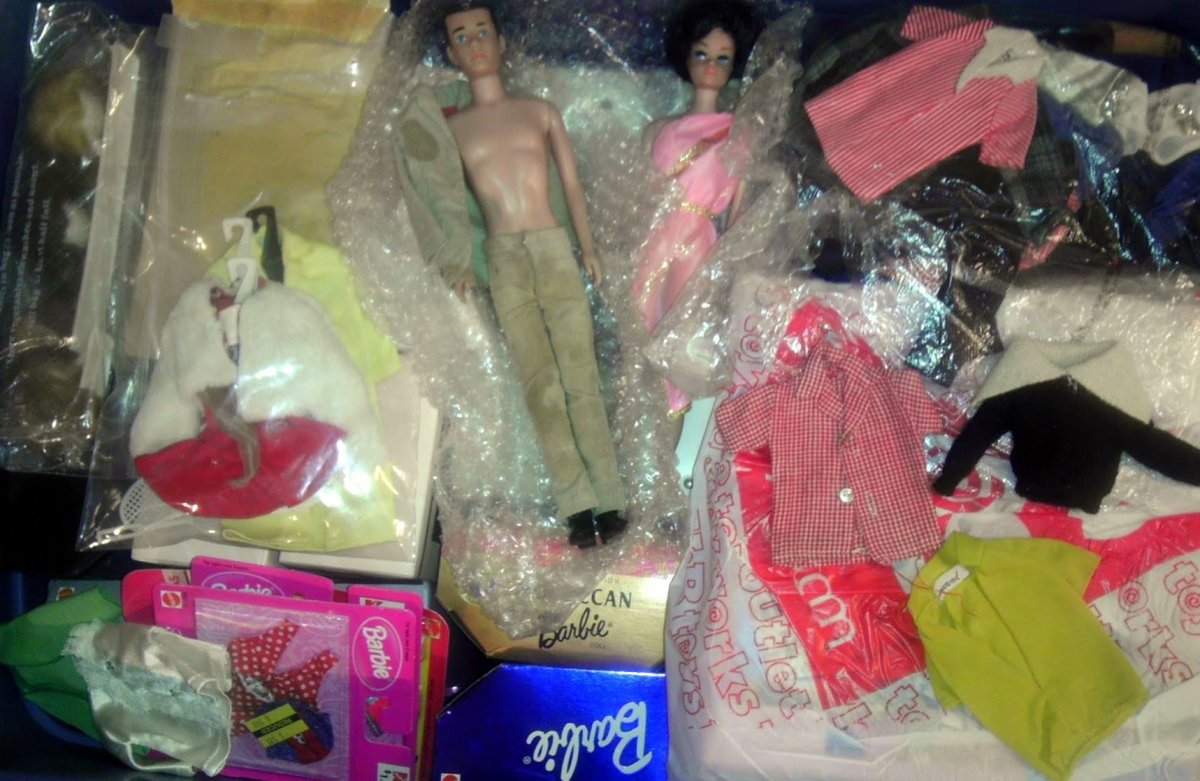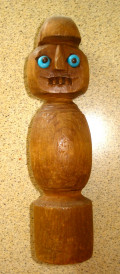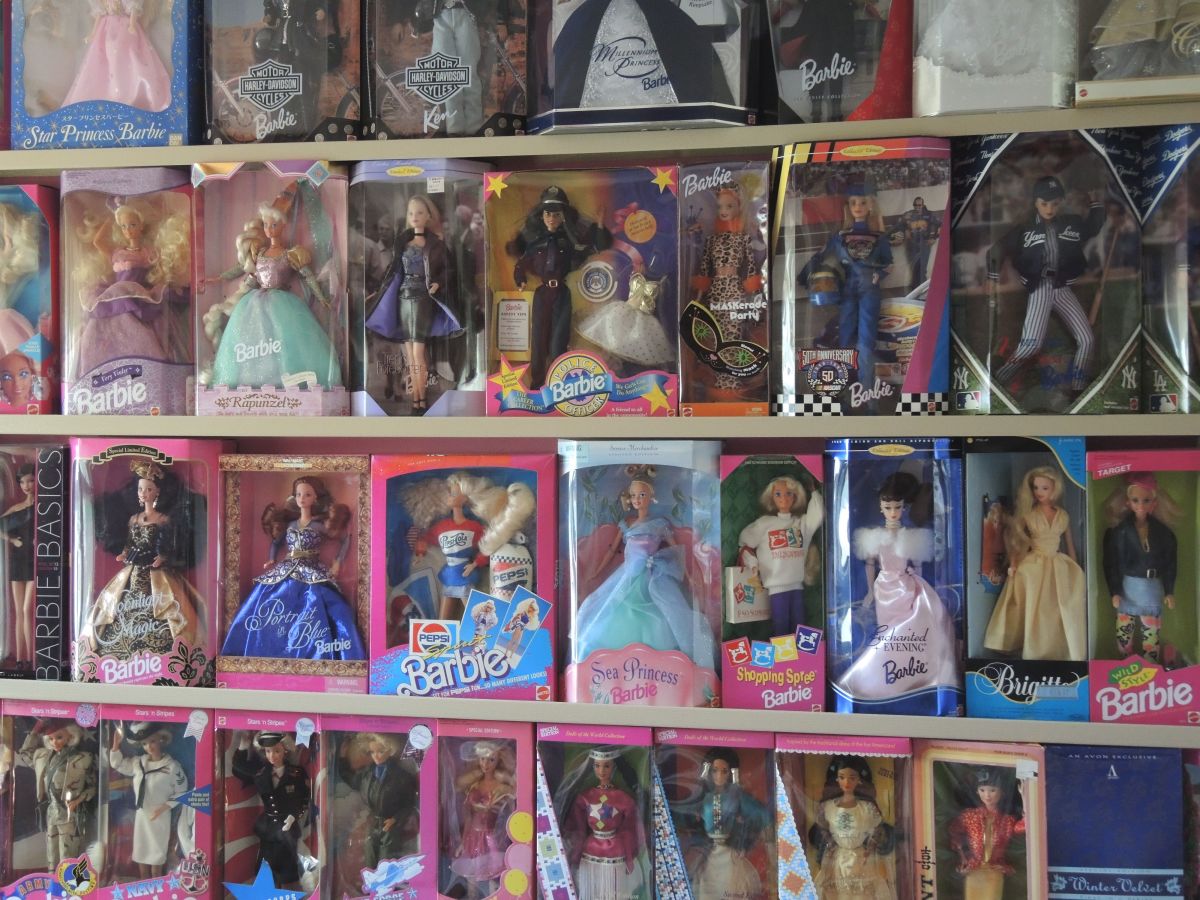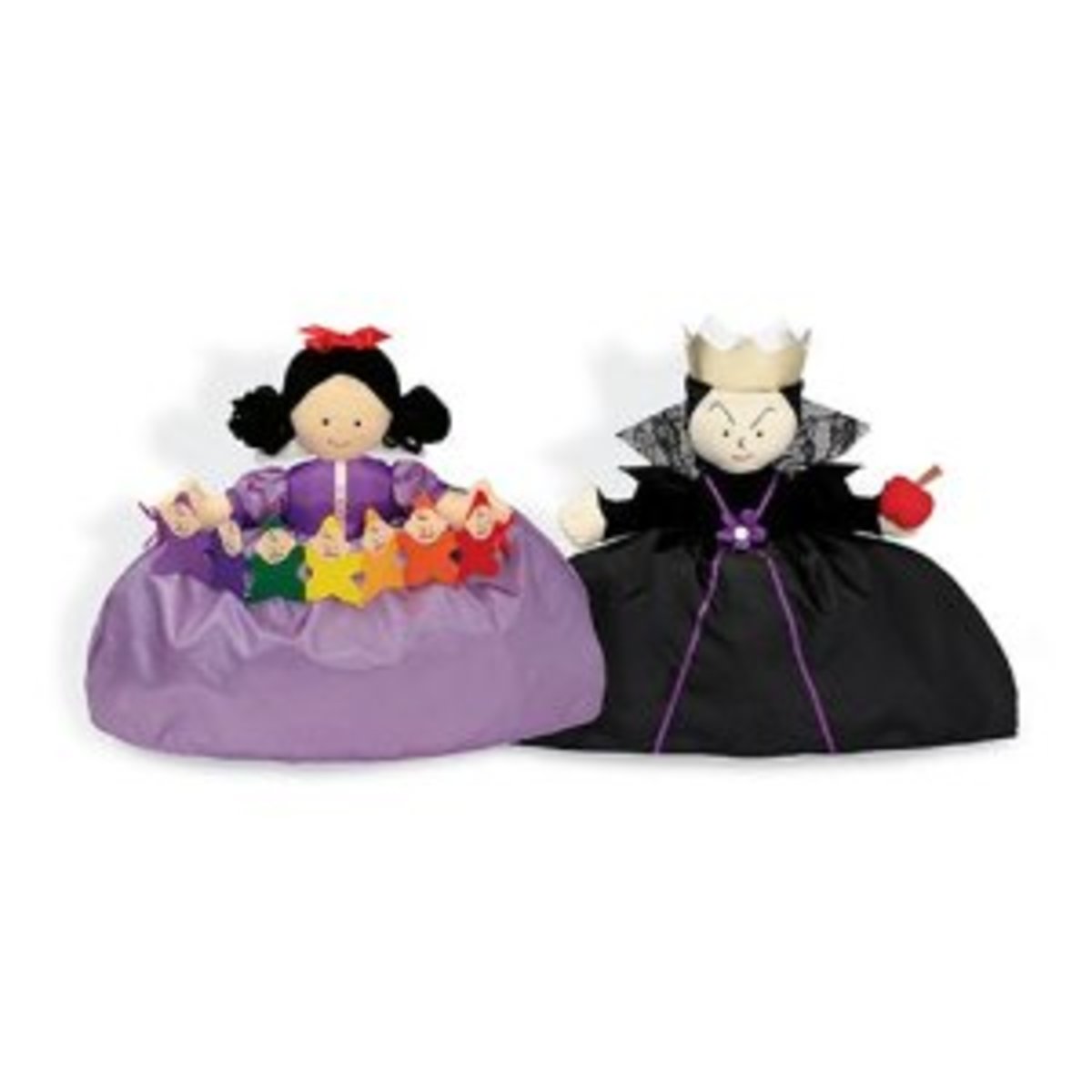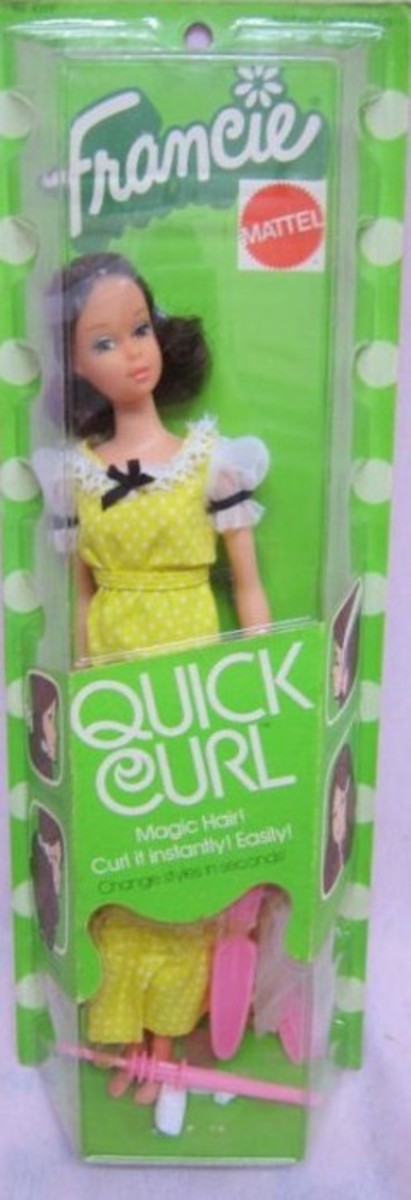Antique Doll Collecting - Finding Your Special Focus
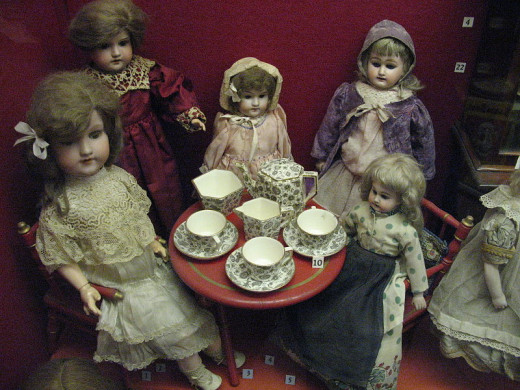
Where to Start?
It's very easy to get excited about a unique and beautifully displayed collection of antique dolls. Viewing such a collection may inspire a person to begin assembling a collection for themselves. It can be very easy to get swept up and start collecting anything and everything. If the collector is not careful, they could end up with a fair to poor collection which has emptied their bank account.
It is much better to begin slowly and in time carefully assemble your collection. One of the first things that an antique doll collector should do is learn about the different types of dolls available and then, when a type of doll is selected, study everything they can find on the subject. While this might result in a smaller collection, the dolls will have a stronger visual impact and the overall collection will be of a much better quality.
Read on to learn more about some of the different types materials used to make antique dolls and more about the dolls which are available to collectors.
Do You Own Any Antique Dolls?
Bisque Dolls
Bisque dolls are some of the most popular and sought after with antique doll collectors. Bisque dolls were manufactured in both Germany and France, with the French dolls being more sought after today. They were made throughout the 1800's until the 1920s.
Most bisque dolls can be identified by a manufacturer's mark on the back of their neck. Many will also have a mold number. They were made with bodies of composition, kid leather, and cardboard on some of the less expensive dolls.
The condition of the head is of the utmost importance in determining the value of a bisque doll. A hairline crack which isn't visible to the naked eye can severely de-value a doll. Many doll collectors carry a black-light in order to detect cracks or repairs. Another way to detect a crack is to shine a flashlight into the top of the dolls head (if possible) in order to see cracks or defects.
When traveling with a bisque doll or storing a bisque doll, be sure that the head is wrapped well and stored face down. In time, the plaster holding the glass eyes in place can work loose, causing the eyes to fall back into the head and cracking it.
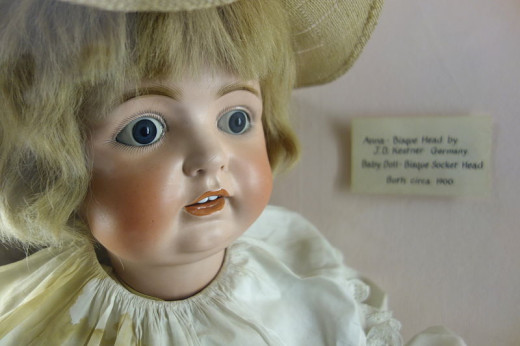
China Head Dolls
The term china head describes a doll with a glazed porcelain head. Sometimes, but not always, the doll would have china hands and/or feet as well. These dolls were made for over 100 years, from the early part of the 1800's until the 1920s. The more common ones are still easy to find and affordable to the collector.
The most common china head dolls had what was referred to as a "flat top" hairstyle or a "common" hair style. Most of these dolls had either black or blonde hair, with black being the easiest to find. The bodies of these dolls were made in every material imaginable including kid leather, cloth, and wood. While some were sold as completed dolls, the heads by themselves could also be purchased, allowing the mother or the child to make the actual doll body.
Reproductions of these dolls are very common. If you are considering collecting these dolls, be sure to examine some actual antique dolls before you make a purchase. By seeing how a genuine antique is painted, you will be able to spot a reproduction in most cases.
Many genuine antiques china head dolls have small, black flecks in the porcelain. This is referred to as "kiln dirt" and was caused by impurities in the firing process. These flecks will help the collector identify a true antique. They may also have rub marks on the back of the head from being stored in a laying down position for many years.
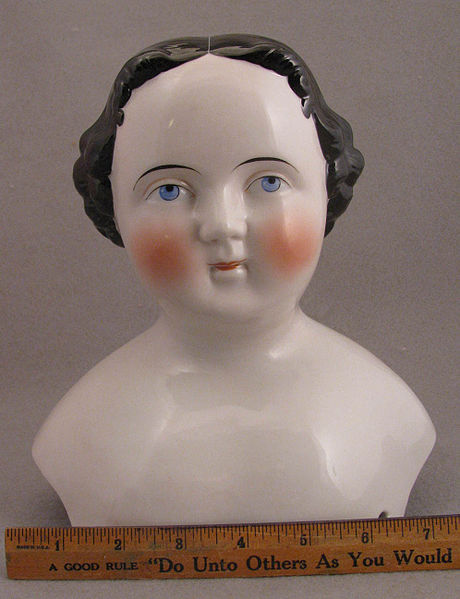
Composition Dolls
Composition dolls were popular from the early part of the twentieth century until the 1950s, when they were replaced by plastic and vinyl dolls. They are made from a pressed, wood pulp material. Some had composition bodies while some had cloth bodies with composition head, hands, and feet. While these dolls were advertised as "unbreakable", time has shown that they were actually more fragile than bisque or china dolls. When dropped, the heads of these dolls could shatter. The composition could also disintegrate if it came into contact with water. Today, a composition doll left in a place which receives a slight breeze can develop "crazing" or cracking on the finish. Care should be taken when displaying one of these dolls, and an enclosed cabinet is the best option.
Composition dolls are readily available today. They come in all shapes and sizes. While some of these beauties are very expensive, others are relatively cheap, meaning there is something for every budget.
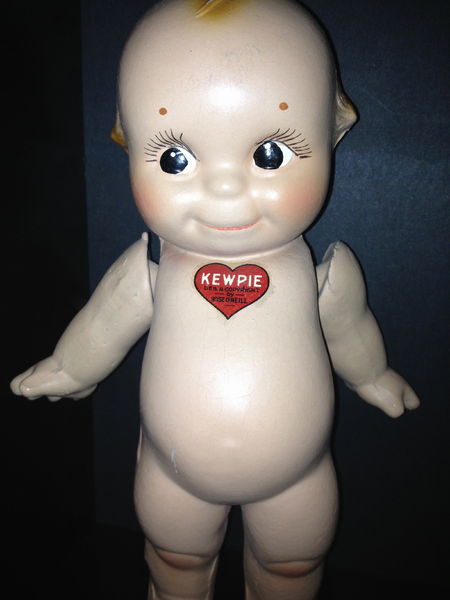
Other Doll Types
Other doll types were manufactured, giving the collector a chance to create their own, unique collection.
Tin and Other Metals
Through the late 1800's until the 1920s, many dolls were manufactured with tin heads or heads made out of other metals, such as brass. They usually had cloth or leather bodies, although a few rare ones do have metal bodies. Some of the common manufacturers of these heads are Minerva or Juno. Most of these dolls had painted eyes, while a few of the more expensive dolls had inset, glass eyes.
Paper Mache
Doll heads made out of paper mache were made from the mid to late 1800's. Paper mache is a composite of paper sheets or pulp mixed with a paste or resin. The paper mache mixture was then pressed into a mold. The paper mache bodies usually had cloth or kid leather bodies. Some of the more well known manufacturers included Greiner, M&S Superior, and the Milliner's Models.
Wood
Wooden dolls have been dated as far back as the 1600's, and maybe even earlier than that. One style of wooden doll which is somewhat well known is the peg-wooden type of doll. These dolls from Germany and the Netherlands featured a wooden head and a wooden body with peg-jointed limbs.
Cloth
Cloth dolls are one of the most charming categories of antique doll collecting. Many of these dolls were constructed at home by the mother with scraps she had left over from her sewing. Some of these beauties were sewn by the young girls themselves, just learning to sew. Each one of these dolls is as unique as the person who made it.
There are also cloth dolls which were made from dolls stamped onto flour sacks to be sewn together and stuffed when the sack was emptied. These make for a colorful collection.
Where to Find Old Dolls
Antique dolls can be found in antique stores, usually for a premium price. Ebay has proven to be an excellent source of antique dolls at a reasonable price, but the buyer must use caution. Since you won't actually get to examining the doll before you buy it, it makes a good doll education even more important so you won't make mistakes when buying.
A few lucky soles report finding a wonderful old doll at a garage sale, but in over thirty years of collecting, I've never personally seen that happen. Be grateful if you do make a great find, but don't count on it.
Whether you decide to collect one or two specific types of doll, or if you'd prefer to have one good example of every type, it is important to buy and collect only dolls you truly love. As you may have to hold on to these for several years before you can get your money back, you want to have something you will enjoy looking at every day. With a little care and education, you can acquire a beautiful, valuable collection.


